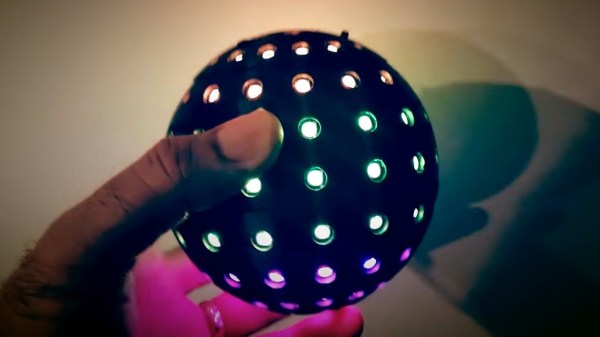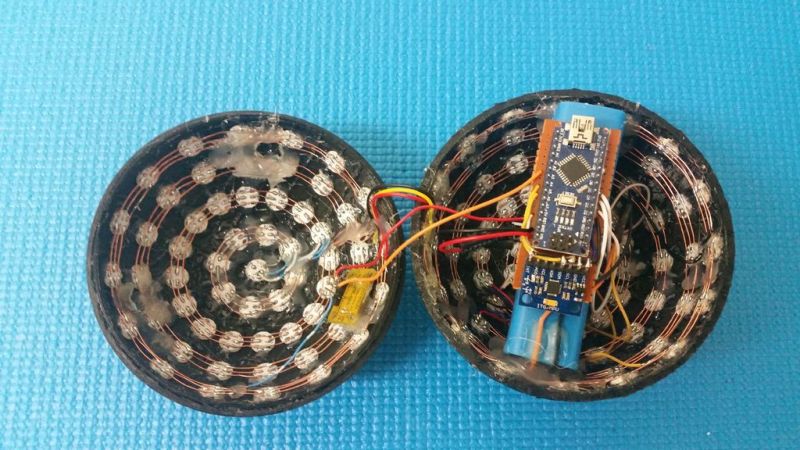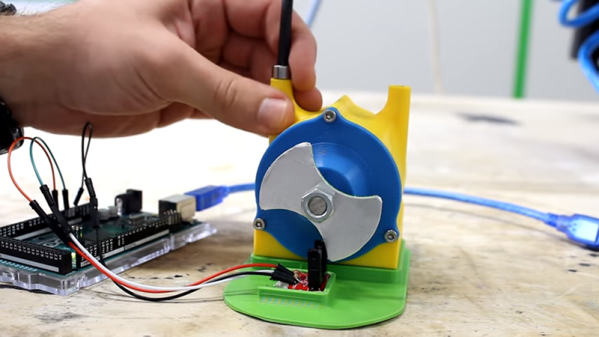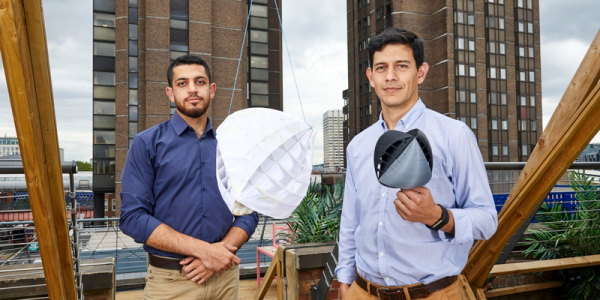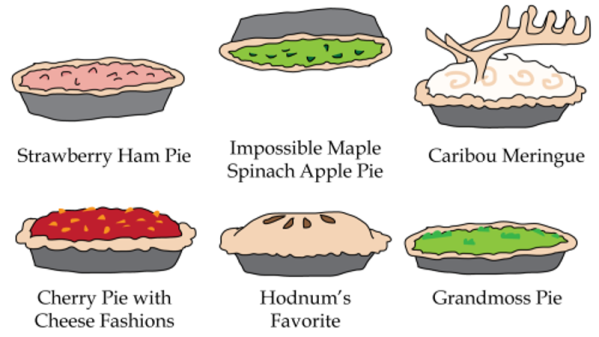We never really thought about it before, but a traditional barcode or QR code is pretty two dimensional. A 3D barcode sounds like marketing hype but the JAB (Just Another Barcode) system adds a third dimension in the form of color.
Traditional barcodes assume you have a pretty crude sensor, but a color camera now days is no big deal, so why not take advantage? The JAB system specifies two types of symbols: a master symbol and a slave symbol. A master symbol has four finder patterns at the corner. Slave symbols dock to a master or another docked slave.
If you want to create some JABs, there’s a web interface. If you check advanced, you can change the number of colors used, the size of each “module” (colored box), and the width and height of the master symbol. You can also arrange for error correction. The grid that shows the master and slave symbols will allow you to click on any dockable slave location to create more symbols with different attributes.
You can then save the JAB image and use the scan menu item (at the top) to read the code back. It will also read from a camera.
If you are using a color camera and a computer or phone to read barcodes, this probably is something to check out. After all, you are acquiring color data, why not use it?
You might think of the barcode as something modern, but it has a long strange history going back to the 1930s. Early barcodes looked like bullseyes and were actually inspired by Morse code. We wonder how one of these would look on someone’s arm in ink?

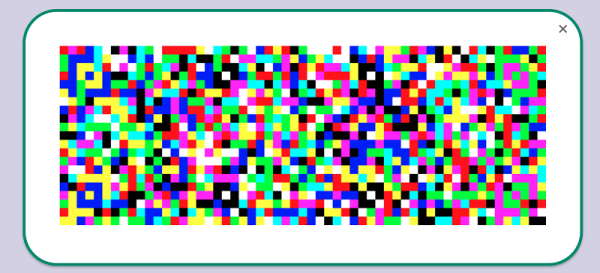
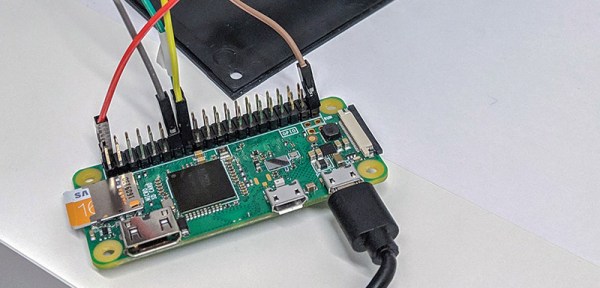
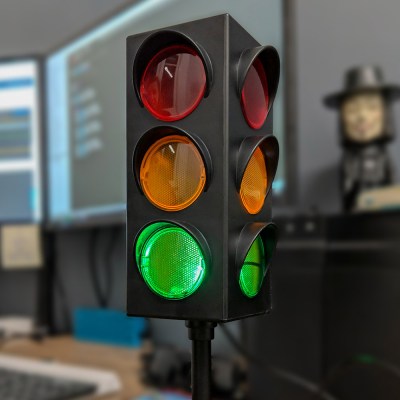 The hardware for this build is a traffic light table lamp available on Amazon for twenty bucks. Inside this traffic light, you get a PCB with three LEDs and a small microcontroller to control the LEDs. The microcontroller isn’t used in this case, instead the microcontroller is removed and a few wires are soldered up to the base of the transistors used to drive the LEDs. The other ends of these wires are attached to a trio of pins on a Raspberry Pi Zero W, giving this traffic light table lamp Linux and a connection to the Internet.
The hardware for this build is a traffic light table lamp available on Amazon for twenty bucks. Inside this traffic light, you get a PCB with three LEDs and a small microcontroller to control the LEDs. The microcontroller isn’t used in this case, instead the microcontroller is removed and a few wires are soldered up to the base of the transistors used to drive the LEDs. The other ends of these wires are attached to a trio of pins on a Raspberry Pi Zero W, giving this traffic light table lamp Linux and a connection to the Internet.